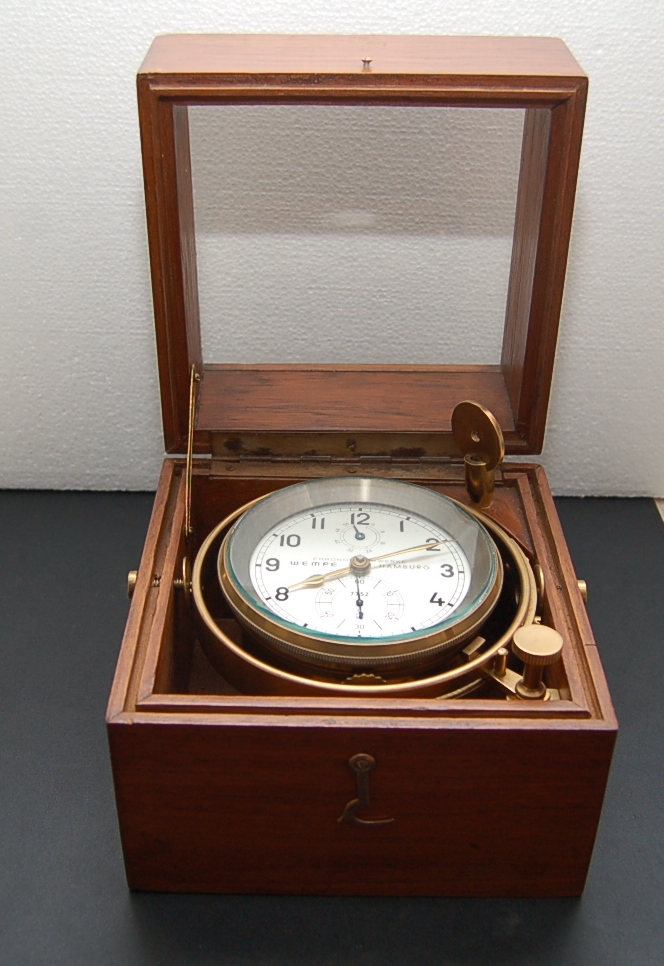In the annals of horological history, a silent revolution quietly unfolded, transforming the world of timekeeping. This narrative takes us on a journey through the fascinating evolution of clocks, delving into the intricate details that mark the silent revolution in how we measure and perceive time.
Long before the advent of sophisticated time pieces, humanity’s quest to measure time found its humble beginnings in the elemental ingenuity of sundials and water clocks. In the ancient world, sundials cast their shadows on the ground, tracing the sun’s journey across the sky and providing a rudimentary but indispensable means of timekeeping. Water clocks, with their measured flow, allowed civilizations to segment time into manageable intervals, shaping the daily lives of early societies.
Yet, as the wheel of time continued its inexorable turn, the limitations of these early timekeepers became apparent. The variability of sunlight and the seasonal changes posed challenges for sundials, while the inherent intricacies of water clocks limited their practicality. The yearning for more accurate and reliable timekeeping mechanisms ignited the flame of innovation, paving the way for a silent revolution in the realm of horology.
It was within the hallowed halls of medieval monasteries that this transformative journey truly began. Monks, bound by a devotion to prayer and a structured daily routine, sought a dependable means to regulate their activities. In response to this need, mechanical clocks emerged as silent sentinels, standing witness to the monks’ spiritual endeavours. These early clocks, with their modest gears and simple escapement mechanisms, echoed the rhythmic passage of time, orchestrating the sacred cadence of monastic life.
The silent corridors of medieval monasteries resonated with the gentle ticking of these early time pieces, marking the hours of prayer, labour, and rest. The chimes that punctuated the stillness of these sacred spaces were not just auditory signals; they were symbolic echoes of a newfound order imposed on the fluidity of time. The silent revolution within these monastic walls not only aided the monks in their devotion but also laid the foundation for a broader societal transformation in how time was perceived and measured.
As the Renaissance dawned, clockmakers in Europe embarked on a quest for precision. The escapement mechanism, a revolutionary invention, allowed for regulated release of energy, transforming unwieldy timekeeping into a more accurate endeavor. Tower clocks graced city skylines, becoming symbols of civic pride and technological achievement, marking a pivotal moment in the silent revolution shaping our relationship with time.
However, it was the advent of the pendulum in the 17th century that heralded a new era in clockmaking. The pendulum’s regular, rhythmic swing became the heartbeat of a clock, bestowing upon time pieces an unprecedented level of accuracy. Grandfather clocks, with their majestic pendulums and melodic chimes, became staples in households, their silent revolutions echoing through generations.
The 18th century witnessed the emergence of bracket clocks, portable time pieces that encapsulated the era’s refined aesthetics. These elegant clocks, often housed in ornate cases, symbolized the marriage of functionality and artistry. Their silent revolutions accompanied aristocrats on their travels, transcending the confines of static timekeeping and ushering in an era of portable precision.
As the Industrial Revolution unfolded, innovations in manufacturing and materials spurred the creation of mass-produced clocks. The mantle clock, a compact and stylish timepiece, found its way into middle-class homes, becoming an everyday companion in the silent rhythm of domestic life. The widespread adoption of standardized timekeeping marked yet another milestone in the silent revolution shaping societal structures and daily routines.
In the 20th century, electronic and quartz movements triggered another transformative chapter. The precision offered by quartz crystals ushered in an era of accuracy previously unimaginable. The silent ticking of quartz clocks became a ubiquitous presence in homes and offices, signalling a departure from the rhythmic cadence of mechanical movements but marking a quiet revolution in accessibility and affordability.
In the digital age, atomic clocks, relying on the vibrations of atoms, attained a level of accuracy that defied conventional comprehension. The synchronization of global time through satellite signals marked the pinnacle of the silent revolution, shaping a world where time is not just local but a universal constant.
Amidst the myriad advancements, antique clocks and barometers stand as silent witnesses to the evolution of timekeeping. Each tick and tock echoes the craftsmanship of bygone eras, offering a tangible connection to the silent revolutions that have shaped our perception of time.
The silent revolution in timekeeping is an ever-unfolding story, from the humble beginnings of sundials to the precision of atomic clocks. This silent revolution of timekeeping resembles the revolution of mankind.


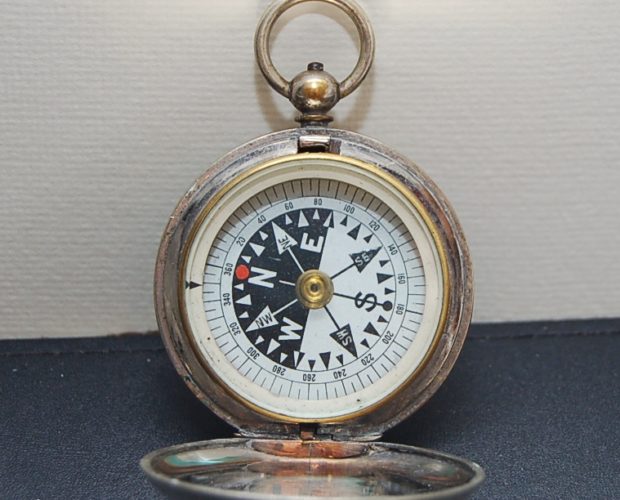
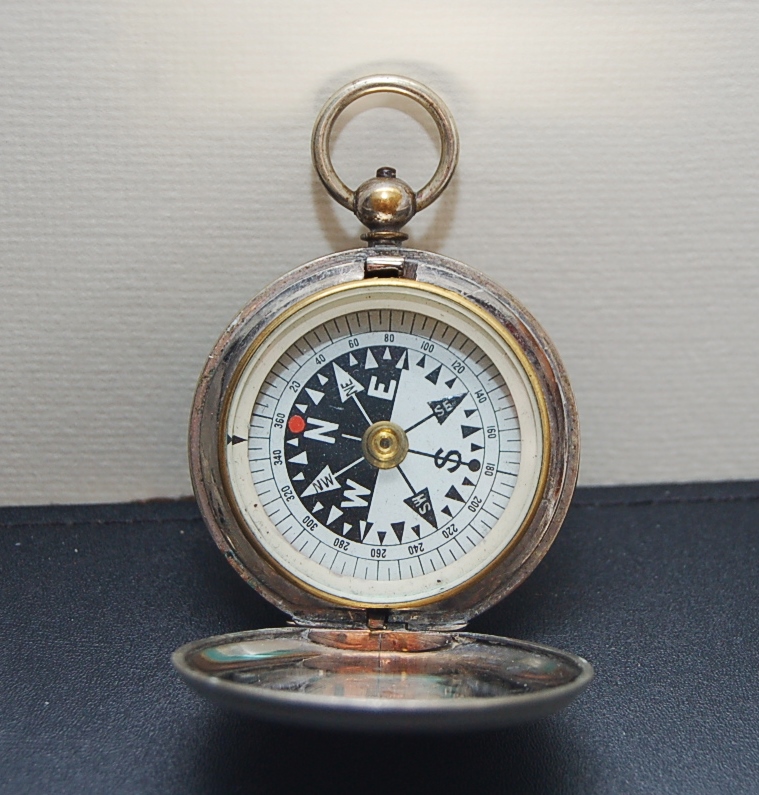
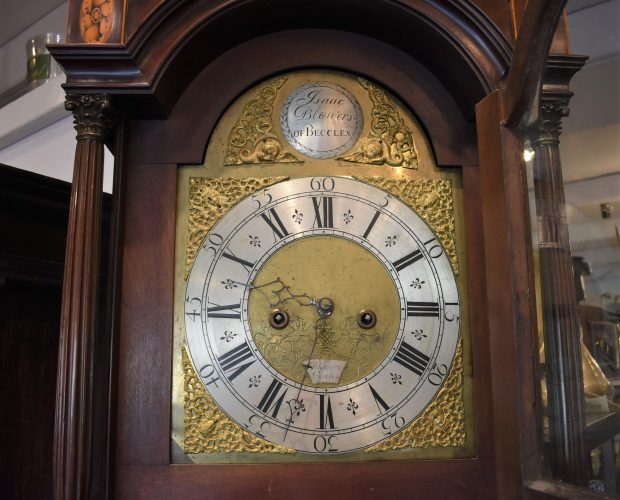
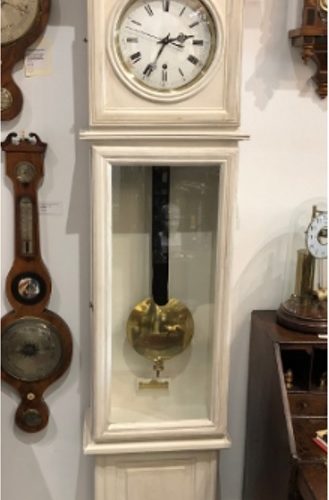

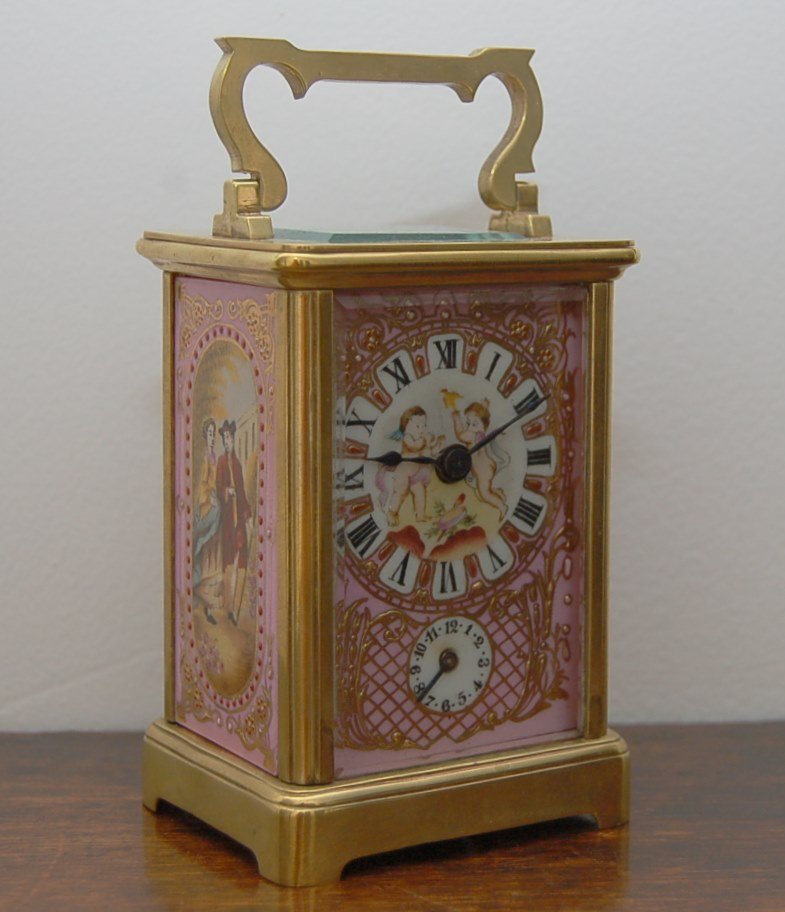
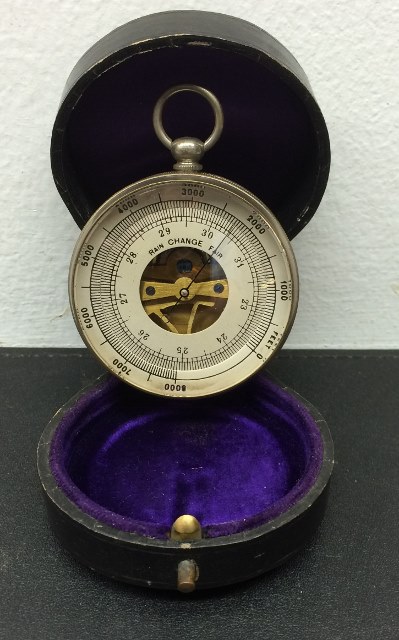
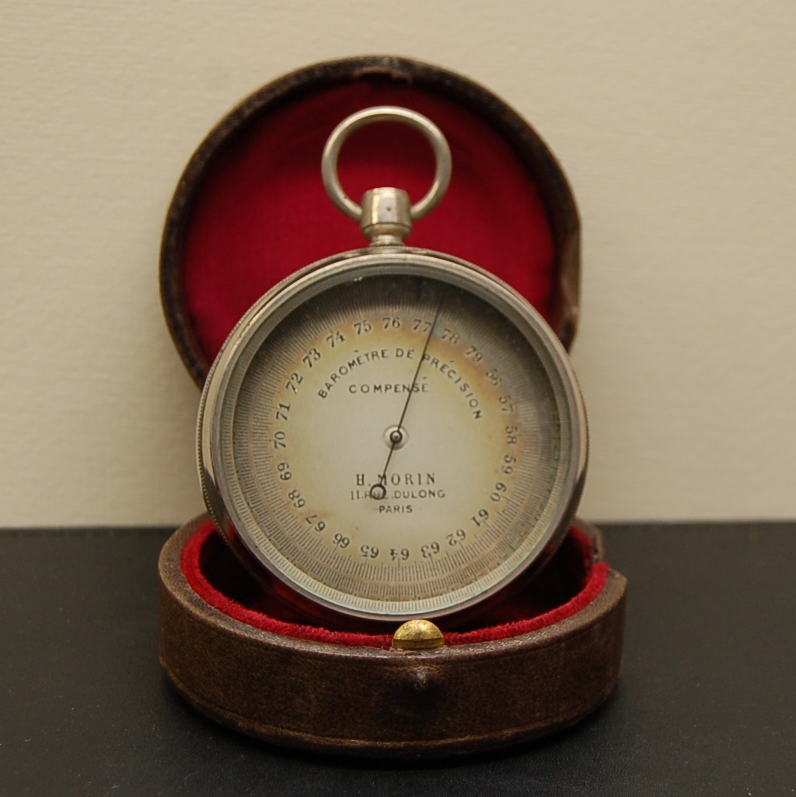
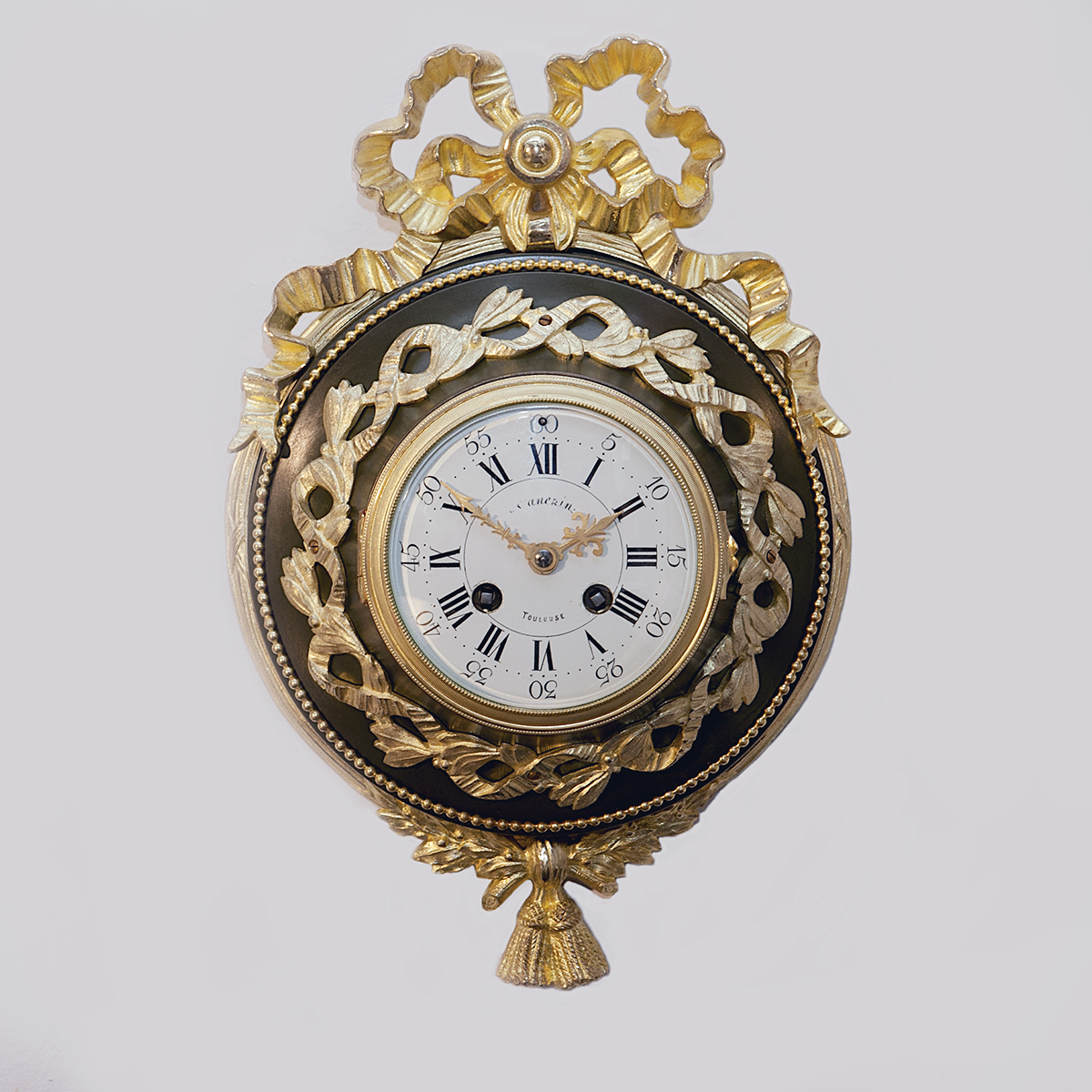
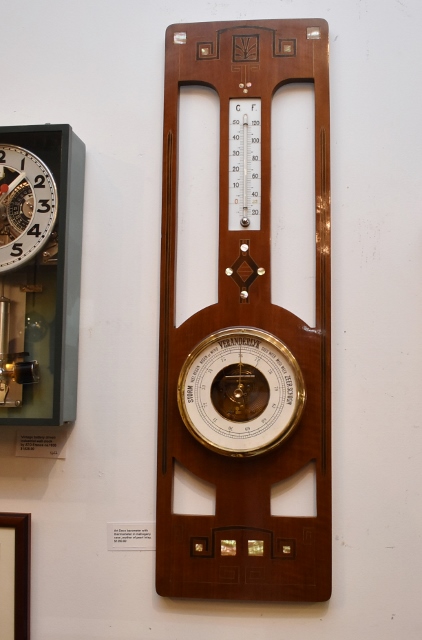
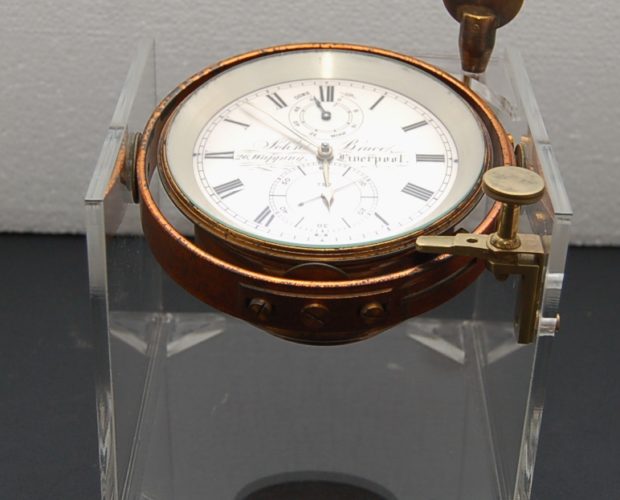
 Navigating the vast and unpredictable expanses of the open sea has been a timeless challenge for sailors throughout history. The ability to accurately measure time at sea played a pivotal role in conquering this challenge, and one of the key instruments that revolutionized maritime navigation was the chronometer.
Navigating the vast and unpredictable expanses of the open sea has been a timeless challenge for sailors throughout history. The ability to accurately measure time at sea played a pivotal role in conquering this challenge, and one of the key instruments that revolutionized maritime navigation was the chronometer.